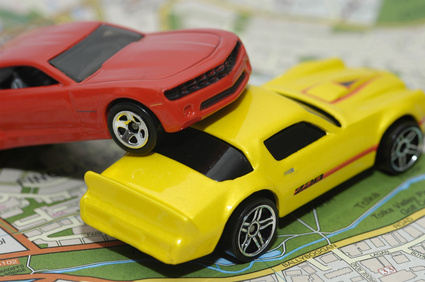
Cars have evolved from the large, boxy look of the 1980s and earlier to a smaller, sleeker profile. In addition to improved aesthetics, newer cars offer a much more important benefit to consider: safety. Studies indicate that modern cars are substantially safer than autos from the days of yore.
Older cars had size on their side. Their girth lessened the impact to drivers and passengers by creating more area for the impact to occur. Thus, by the time the impact affected occupants, it was substantially diminished. New cars, however, make excellent use of side and curtain airbags. Curtain airbags are front airbags that activate immediately after a crash, and continue to protect your head even if the car rolls over. Thanks in part to their advanced airbag technology, today's smaller cars have surpassed the safety levels of larger, older cars.
A common misconception exists that because a larger, older car does not bend as easily in a crash, it is safer. Not so. Newer cars are structured in such a way that they are more "bendable." This doesn't mean that human passengers are more susceptible; on the contrary. Newer cars are engineered so that when they bend in a crash, it is in a more precise fashion that causes the car itself to absorb the impact in a crash as opposed to passengers.
Newer cars are outfitted with technology called "electronic stability control" or ESC. ESC is an added level of control to anti-lock brakes. It uses information from the angle of the steering wheel and rotation of the car to determine which direction the car is about to turn, and locks the correct wheel based on this information. It increases the level of control that drivers have over their vehicles, thus decreasing the risk of crashes by letting drivers simply avoid them.
Newer cars include completely different types of seat belts than in the past. The majority of new cars are equipped with load-limiting seat belts. Studies have demonstrated that load-limiting seat belts reduce the risk of rib fractures during a crash. Although the idea of load-limiting seat belts existed as far back as the 1950s, they were not introduced until airbags appeared, since they work in conjunction with them.